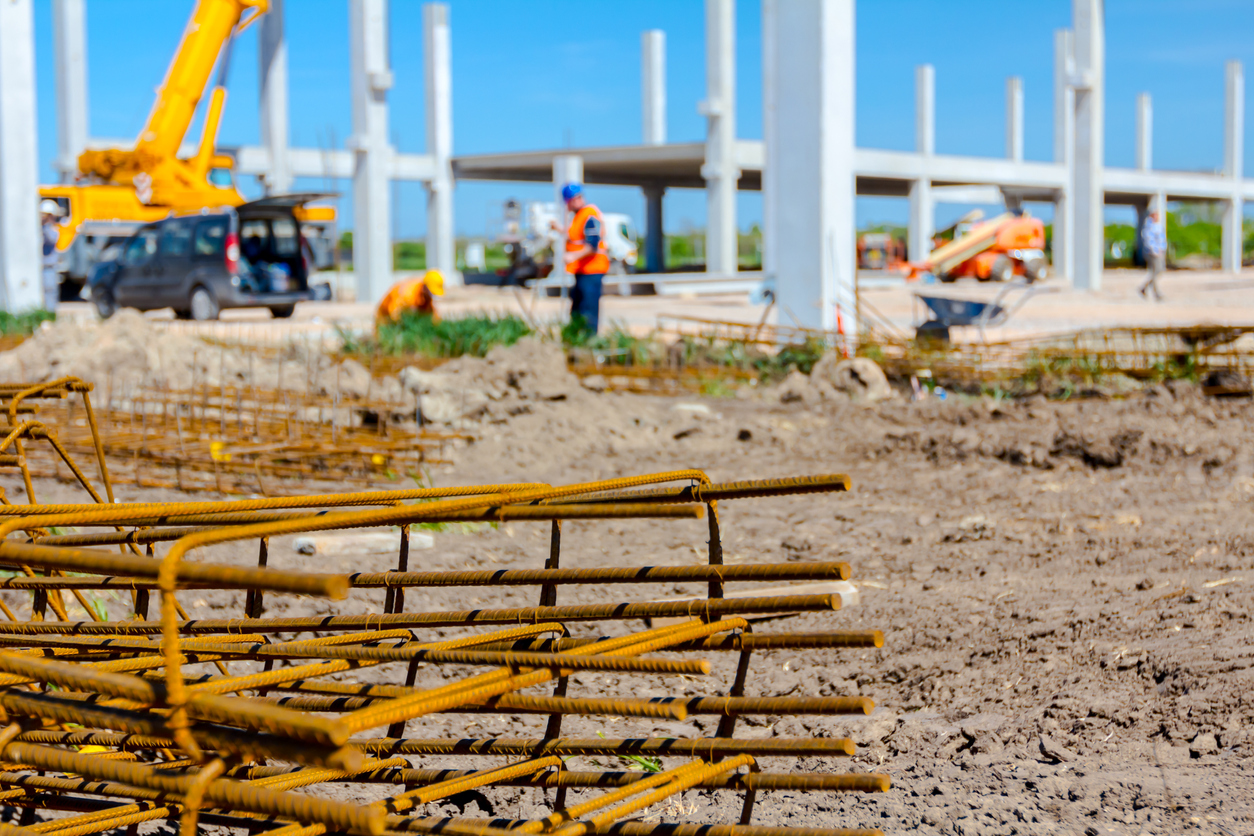Job Responsibilities: Mobile Crane Operators & Lift Directors
UNDERSTANDING YOUR DUTIES & PROTECTIONS ON THE JOB SITE:
The American Society of Mechanical Engineers (ASME) volume B30.5 (mobile cranes) and the Occupational Safety and Health Administration (OSHA) have various standards for personnel involved in lifting operations. The criteria can protect you if followed:
QUALIFICATIONS: Does your operator meet the qualifications and is Certified (By the NCCCO or another accredited crane certification organization)?
NOTE: Competent, according to OSHA 1926.1401, is “one who is capable of identifying existing and predictable hazards in the surroundings or working conditions which are unsanitary, hazardous or dangerous to employees, and who has the authorization to take prompt corrective measures to eliminate them.”
- CRANE INSPECTION: Do you have a competent person inspecting cranes daily and monthly? Are these documented?
- SIGNAL PERSON: Did you confirm that there is a qualified signal person onsite according to OSHA 1926.1428 If not, should the job be performed?
- LIFTING CAPACITY: Is the crane capable of lifting the load based on crane configuration and load chart review?
- WEIGHT VERIFIED: Is the weight of the item verified?
- RIGGING EQUIPMENT: Is rigging equipment been selected based on load weight and configuration?
- RIGGING: If another party is rigging the item to be lifted, did you check the item before the lift and have a job ticket signed stating you are not responsible for the rigging?
- OUTRIGGERS: Are the outriggers out and fully extended?
- SURROUNDINGS: Is the Ground / Soil area under the crane able to support the unit and lift and adequately prepared, including access roads, room sufficient to operate the crane?
- LOCATION: Was a job ticket signed off stating that the General Contractor advised where to set up the crane? It is their job to provide ground stability but for you to confirm ground stability.
- HAZARDS: Was the crane set up away from hazards and power lines?
- ENVIRONMENT: Were weather and time considered? Operations should not be performed in high winds, gusting winds, fog, heavy rain, artificial lighting, or dusk.
DID YOU KNOW THE RESPONSIBILITY OF THE LIFT DIRECTOR?
- SAFETY: Halting crane operations if there are unsafe conditions.
- PREP: Certifying area preparations are completed before crane operations commence.
- TRAFFIC CONTROLS: Certifying necessary traffic controls are in place.
- COMMUNICATION: Certifying workers understand their responsibilities and the associated hazards.
- SIGNAL PEOPLE: Appointing signal people and ensuring they meet the applicable requirements.
- POWER LINES: Allowing crane operations near power lines only when applicable requirements are met.
- SPECIAL LIFTING: Certifying precautions are implemented for special lifting operations, such as multiple crane lifts.
- COMPETENCY: Certifying rigging is performed by competent personnel.
- ACCURACY: Certifying the load is rigged correctly and balanced.
- OSHA REQUIREMENTS: In addition, OSHA requires lift directors to be both competent and qualified, or a capable person assisted by at least one qualified person, when performing multiple crane lifts.

